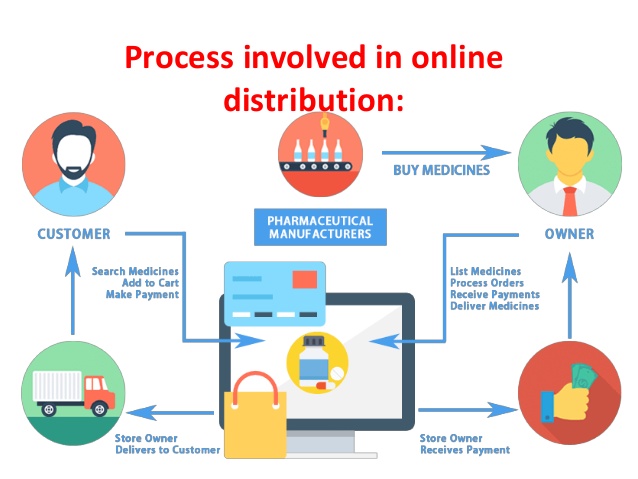As sales increase, market share expands, and pharmacy operating costs increase, competition in the retail pharmacy industry will become increasingly fierce. How to enhance the competitiveness of chain pharmacies while reducing costs, the procurement model is undoubtedly a very important part of the entire pharmacy supply chain.

Pros and cons of the current procurement model
Mode 1: Procurement from commercial companies
Purchasing from a commercial company is the most traditional and common way of purchasing. Due to the uneven development of chain pharmacies, generally low sales, coupled with the consideration of marketing costs, few production companies will directly cooperate with the chain to open an account. In order to ensure the complete range of sales, chain stores usually only do one-stop procurement from commercial companies . The advantage of this model is to ensure a more complete category, and because commercial companies are generally stationed locally, the distribution power is stronger, and the purchasing efficiency of chain pharmacies will be higher.

Existing problems for this model
The biggest problem with purchasing from commercial offices is that the purchase price of medicines already includes distribution fees, which cannot guarantee the price advantage, and it is not very close to the production enterprises. The value-added services provided by the production enterprises are less. Channel control is relatively strict, the supply of best-selling products is not guaranteed, and out-of-stocks often occur.
Mode 2: Purchase directly from the production enterprise
With the gradual expansion of some large chain pharmacies after competition, integration, and mergers and acquisitions, the network has gradually improved, and sales have been comparable to some commercial companies. The chain pharmacy’s saying power has begun to increase, and some production companies have shortened the supply chain, and began to cooperate directly with large chain pharmacies.

The advantage of direct procurement from production enterprises is to reduce the intermediate business links, save commercial distribution fees, can get more preferential prices from production enterprises than commercial companies, thereby increasing profit margins, and through direct communication with production enterprises, cooperation cohesion is enhanced, thus more value-added services will be obtained. There are also some pharmacy chains that will directly purchase goods from production enterprises as regional agents, thus forming the phenomenon of selling high-margin or OEM products.
Existing problems of this model
The problem with purchasing from manufacturing companies is that branded product companies have relatively large sales volume, strict capital requirements, and more terminal coverage. In order to save labor costs, they are generally reluctant to cooperate directly with chain pharmacies and directly with chain pharmacies. Most of the supply is for small and medium-sized enterprises, which makes it difficult to purchase brand products under this direct mining model.
Mode 3: Unified purchase of chain pharmacy alliances
Unified sourcing by chain pharmacy alliances is a more popular purchasing mode in recent years. After some chain pharmacies have mastered local terminal resources, in order to further obtain resources from manufacturing enterprises, multiple chain pharmacies will form an alliance, the advantages will stack up, and improve the right to speak. Negotiations with manufacturers are aimed at obtaining larger-scale sales and a larger terminal network to obtain manufacturers’ exclusive specifications and lower prices, thereby increasing the profits of chain pharmacies.
Existing problems of this model
The main purpose of the pharmacy alliance purchase is to exchange prices for scale, but the biggest problem with the pharmacy alliance is that the management is relatively loose. Although the network is relatively wide and the sales base is also large, the implementation level of the store marketing in the later period is weak. If there is no quantity guarantee, it is actually a kind of harm to the production enterprise, and the later procurement and cooperation is difficult to continue.
Conclusion
Purchasing is the first link in the supply chain of chain pharmacies. It determines the smooth operation of chain pharmacies. It has a very important role and must be paid attention to. With the advancement of medical reform, many policies in the pharmaceutical industry will change accordingly. The coexistence of multiple procurement models is a fact that chain pharmacies must face. It is hoped that chain pharmacies will adjust their thinking in a timely manner, improve the procurement model, and ensure the healthy and sustainable development of chain pharmacies.
